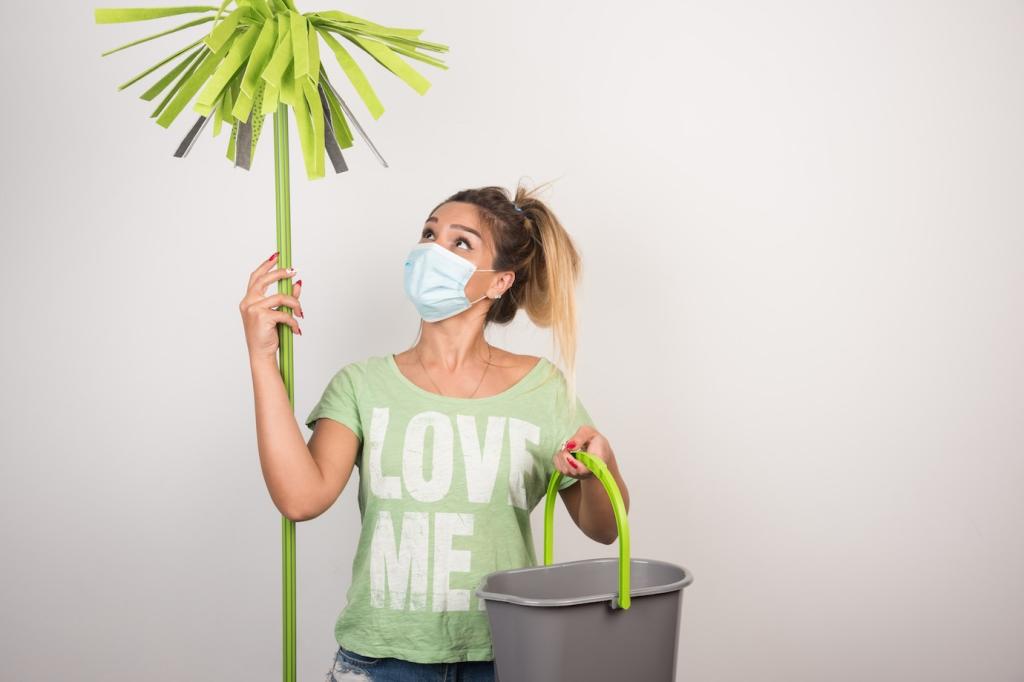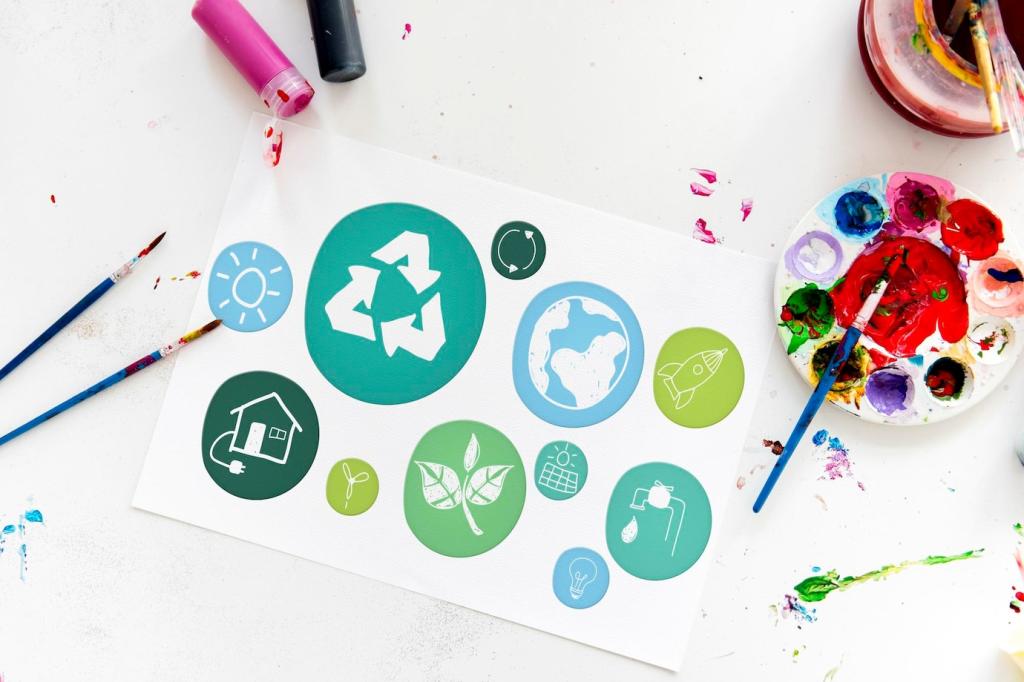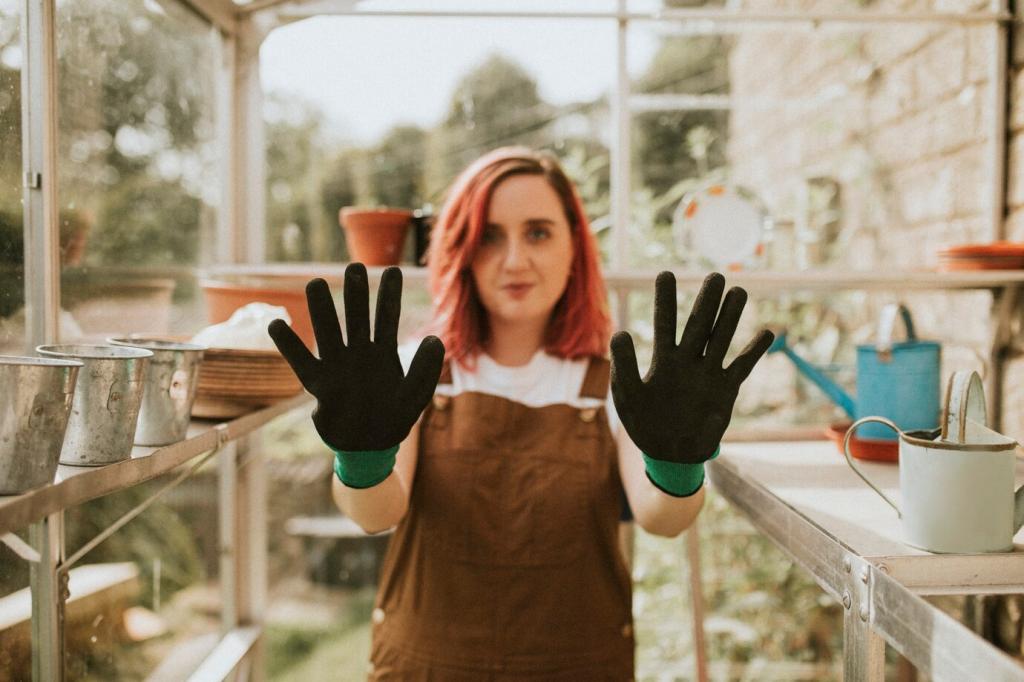Stories and Science Behind Natural Care
Acetic acid changes the pH environment that many odor molecules prefer, helping them dissipate more quickly. When applied lightly and allowed to dry, it doesn’t mask smells—it reduces them. Used thoughtfully, vinegar becomes a reliable, natural ally for everyday fabric freshness.
Stories and Science Behind Natural Care
Maya messaged after a chai tumble on her linen sofa. She blotted fast, applied cool water with a whisper of castile soap, then aired it out by the window. No scrubbing, no perfume. The stain lifted gradually, and the fabric stayed soft and calm.








